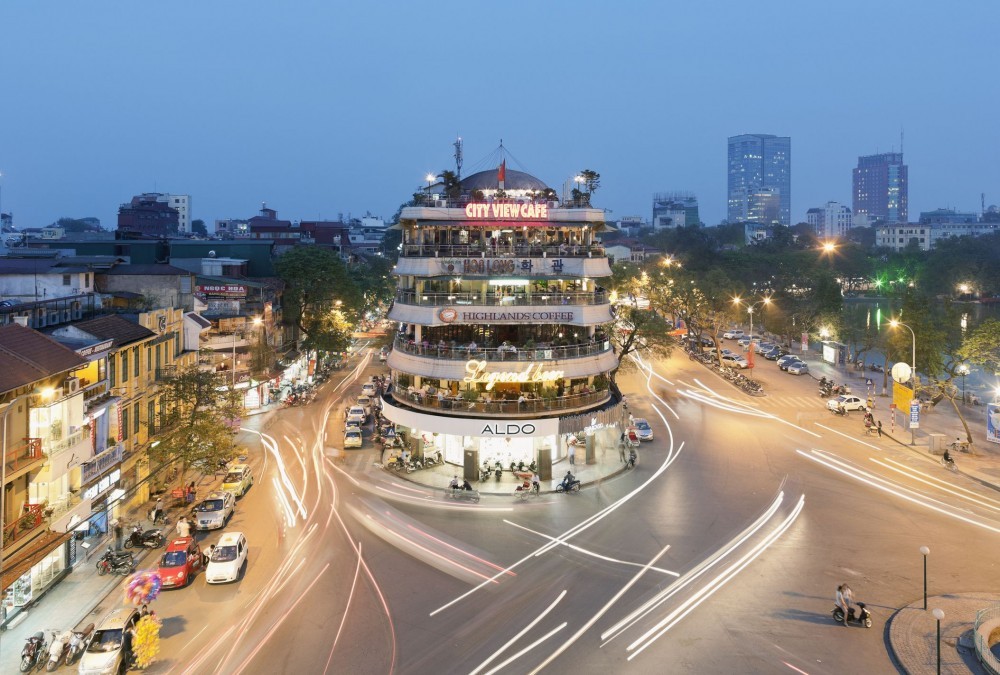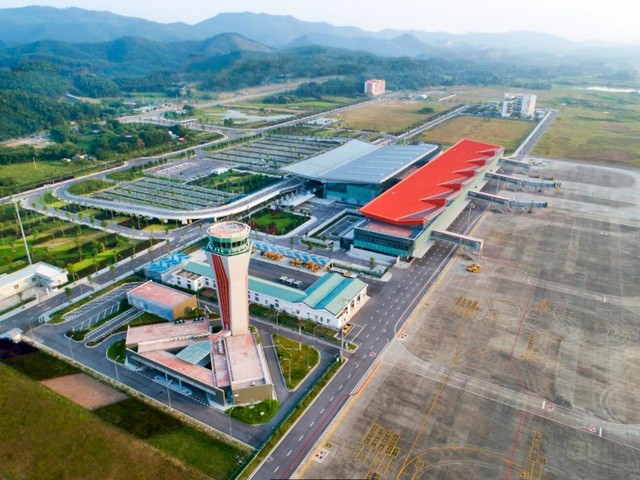
5 types of capital: Towards building a prosperous economy
Latest
 |
| The structure of 5 capital types provides the basis for understanding the sustainability of the economic concept of wealth creation or "capital". Any organisation will use 5 types of capital to produce its products or services. (Photo: Getty Images) |
Though Vietnam economy has been growing in recent years, internal weakness has made it unstable.
Fiscal deficit compared to GDP is high for a long time, public debt is increasing rapidly while foreign currency reserves are low and tend to decrease, public investment is inefficient, spread with many thousands-of-billion VND projects unfinished and abandoned, the bad debt status of banks has not been improved, state-owned enterprises are still too numerous and inefficient, the domestic private sector is weak and encounters many obstacles... The domestic sources are gradually depleted, while access to international funding is difficult.
For that reason, the 13th Party Congress Resolution stated that Viet Nam should "continue to accelerate economic restructuring. Restructure and improve investment efficiency, especially public investment. To restructure and develop healthy markets of all kinds, especially the market for production materials in order to effectively mobilize and use resources”.
At the time being, the pandemic containment policies of the country have made it more difficult to restructure the economy when financial and human resources decreased and social trust eroded due to prolonged non-productive social distancing measures.
The Asian Development Bank (ADB) has revised down its GDP growth forecast for Viet Nam in 2021 from 6.7% to 3.8%. In that context, determining the country's resource structure to promote economic restructuring for sustainable development plays a particularly important role.
Identifying 5 key resources
The concept of resources, also known as capital, has an important meaning in the market economy.
According to managers, it is necessary to distinguish 5 types of capital: financial, natural, productive, human and social. All are resources capable of creating output product lines that meet economic needs.
The use, maintenance and development of all five types of capital are essential for the sustainability and prosperity of each country.
Financial capital facilitates economic production, even though it is not produced in itself.
Natural capital is made up of the resources and ecosystem services of the natural world.
Producing capital includes physical assets created by human productive activities into natural capital and is capable of providing a flow of goods or services.
Human capital is an individual's productive capacity, inherited and acquired through education and training.
Social capital (the most controversial and most difficult to measure) includes trust, mutual understanding, shared values, and social knowledge such as culture and ethics.
Sustainable development towards a prosperous society requires maintaining or increasing all sources of capital, including natural capital, which are often depleted by economic production. Therefore, the traditional triad of essential economic activities - production, consumption and distribution - must be supplemented with a fourth function, which is to maintain resources and build social moral civilization.
Therefore, the concept of a circular economy is becoming more and more popular.
 |
| A corner of Van Don International Airport in Quang Ninh province. (Photo: Dan tri) |
The way forward
From the point of view of economists, in a market economy, capital is a key factor for the operation of any unit, whether that unit is a family, a small business, a large corporation, or an entire economy.
The 5 types of capital structure provides the basis for understanding the sustainability of the economic concept of wealth creation or "capital". Any organization will use 5 types of capital to produce its products or services.
A sustainable organization will maintain and, if possible, enhance these capital assets, rather than depleting or degrading them.
In essence, 5 resources must be linked together in economic development. Projects can achieve successful outcomes across all sources, often with only one optimal solution.
Sustainable development is possible only if this production takes place in ways that maintain or increase all necessary capital resources. A sustainable socioe-conomic system generates the flow of desired goods and services using its renewable capital without depleting them.
In the history of economic development, the focus has shifted from material-intensive technology to information-intensive technology. These technologies can simultaneously save the three classical factors of production: land, labor and productive capital.
The government should restructure the economy and scale up existing policies to further reduce the use of physical resources in economic growth.
Measures that can be considered are: wage policy, social security, amendments to land law, promotion of life-cycle-oriented integrated approaches, application of resource usage fees, environmental fees, socio-cultural damage, or support longer product life, such as through increasing the statutory minimum warranty period.
The private sector can identify new business models related to improving the resource efficiency of production processes and realize that “less raw materials” can mean “more value”.
Consumers need to be more aware of the role each of us can play through better product choices and behaviour.
The world today has experienced more than 250 years of unprecedented economic prosperity. More than a dozen generations of experienced predecessors have taught us more about the world in which we live, through the science we have developed, than any other time in history. And, of course, we now know that no resource is infinite.
Indeed, the world is not limitless. We should realize that our impact on resources not only to maintain the level of production in the economy but also to sustain our existence.
The five-source model represents this complex organic relationship. It shows the development resources in the market economy: natural capital, human capital, social capital, productive capital and financial capital.
Moreover, it will be an effective tool for the National Assembly agencies and civil organizations to develop standards to evaluate the effectiveness of the management of government agencies, the quality of business activities and the behavior of the Government agencies and the positive consumption of the people.
Clearly identifying 5 economic resources and having an appropriate economic restructuring policy will be a better representation of the quality and quantity of input capital needed for production.
And because of this, it allows us to better manage and maintain the capital needed for the country's economic production, especially during the difficult time of the COVID-19 pandemic, and therefore, will evaluate the better context of sustainable national development to build a prosperous society.

























